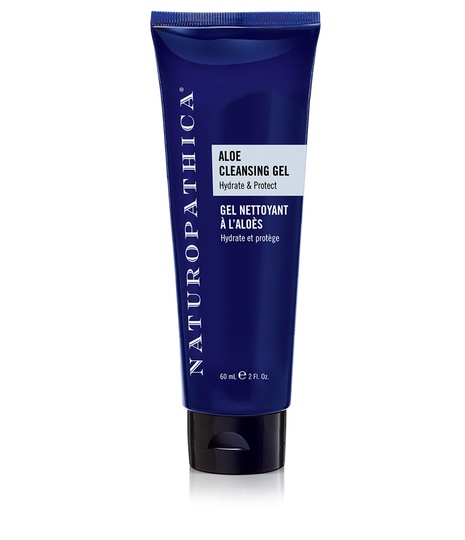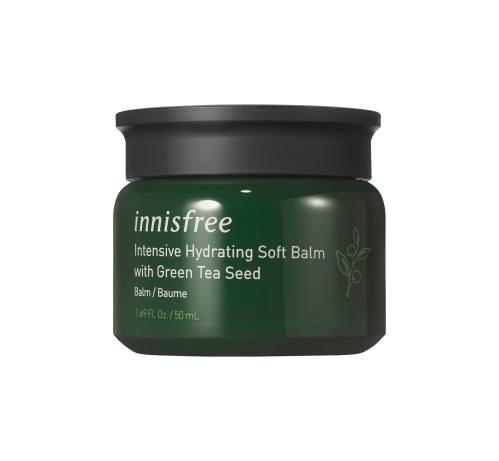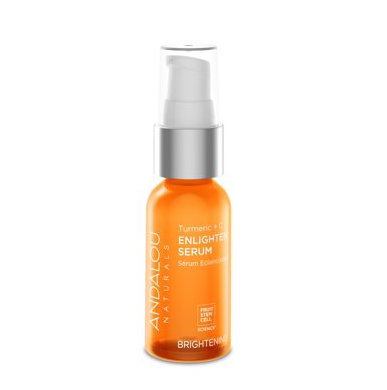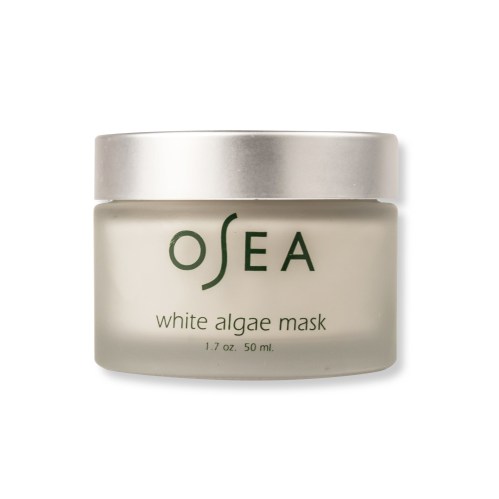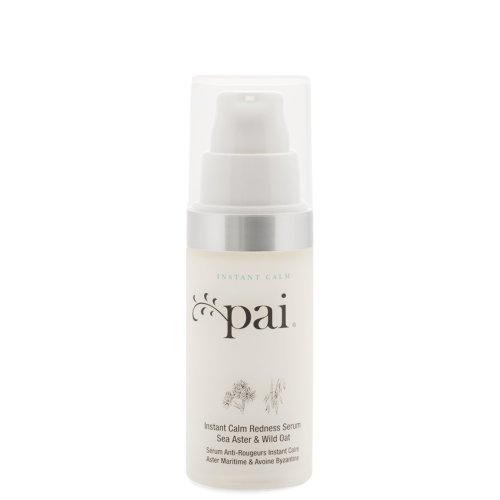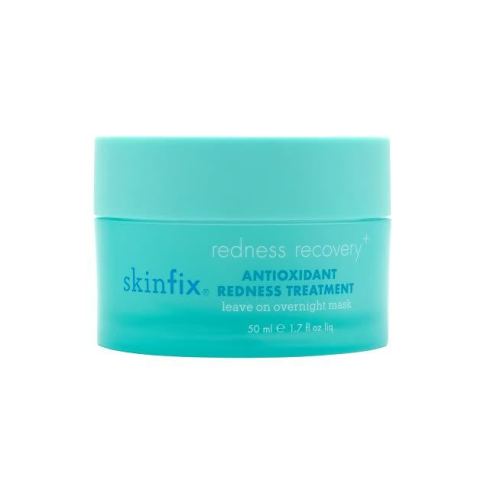How to Send Redness on Your Complexion Packing Once-and-for-All
But skin redness is very common. It seems like it's a topic of conversation among every friend who I talk beauty with, and I get lots of people asking me about how to quash it on the reg. After asking the experts, my suspicions were confirmed: Skin redness is complicated and doesn't just stem from one cause.
Why facial redness happens
Any manner of factors can make your skin red—and, BTW, I'm not talking about sunburn, but the slight redness that can show up in blotches or certain spots like around your nose or your cheeks. "There are many root causes of facial redness, including genetics, the nervous system, stress, food sensitivities, allergies, an upset stomach, and even high blood pressure," explains Graceanne Svendsen, celebrity facialist, health coach, and practice manager at Shafer Plastic Surgery. Um, that's a lot. While most people scramble to fix the issue topically, there's usually a root problem that causes these things.
That's not it, either. "Red skin and uneven complexion is a common complaint in my practice," says Yunyoung Claire Chang, MD, a dermatologist with Union Square Laser Dermatology. "It can be caused by sun damage, rosacea, seborrheic dermatitis, acne, eczema, and other less common conditions like lupus and hormonal imbalances." Hence why she recommends checking with your derm to determine what the cause really is.
Rosacea is actually one of the most common causes of the redness.
Rosacea is actually one of the most common causes of the redness, though, she says. "This can come in many forms, including flushing-type rosacea, acne-like, ocular, and phymatous, which involves textural skin changes," says Dr. Chang. "Flushing-type rosacea is characterized by progressive redness and broken capillaries in the central face. Rosacea is a genetic, chronic condition that has many triggers, like sun exposure, heat, stress, alcohol, spicy foods, cold wind, and exercise." But, uh—how are you supposed to avoid all of those triggers? The main way to prevent rosacea flare-ups is to consistently protect your skin from the sun (of course). "Sun protection and SPF are the most important things you can do to prevent them," she says.
{{post.sponsorText}}
Then there's the type of rosacea that comes from acne—this, according to Dr. Chang, is best treated with topicals and oral antibiotics. "Flushing-type rosacea is best treated with lasers, most commonly pulsed dye lasers that target underlying broken blood vessels," she says. Chronic photo damage is another redness causer, which can show on the face, neck, and chest. "This is often associated with brown spots, light spots, and collagen breakdown, "says Dr. Chang.
But rosacea isn't the lone redness provoker. Any inflammatory skin condition can actually cause the skin to look irritated. Things like eczema, seborrheic dermatitis, and contact dermatitis can cause skin to itch and make it more likely that you'll want to scratch it to make things stop. "These can occur on the face and present themselves as redness associated with burning or itching," says Dr. Chang, noting that while everyone can experience redness, "it may be more noticeable in lighter skin tones," she says.
How to soothe redness
Topically, really calming skin-care ingredients can help with redness, though Dr. Chang recommends different topicals for different redness causes. If you're dealing with rosacea, on one hand, that means your complexion's on the sensitive side. "It's important to use a gentle cleanser to avoid irritation, hydrating moisturizers to protect the skin barrier, and products that contain anti-inflammatory and antioxidant ingredients to calm the skin," says Dr. Chang. Her go-to anti-inflammatory ingredients are niacinamide, green tea extract, tea tree oil, and azelaic acid.
If you've got acne-induced rosacea, she advises to try something more intensive. "I prescribe topical medications like metronidazole gel, ivermectin cream, and sulfur-sulfacetamide wash to help decrease skin inflammation," she says. Redness stemming from seborrheic dermatitis works best with anti-fungal ingredients, she notes, like tea tree oil and zinc pyrithione. "Contact dermatitis is best treated by avoiding the causative ingredient and using topical steroids and bland emollients," she says.
But the number-one rule that she says everyone should follow? Wear sunscreen to minimize your exposure to redness-provoking UV rays. Other than that, incorporate skin-soothing superstars like turmeric root, licorice, and green tea into your routine. "I love products that contain green tea extract, licorice root, olive, or turmeric root to help reduce redness," says Svendsen. "It's key to protect your skin from free radicals and strengthen the moisture barrier without harsh additives which irritate sensitive skin prone to redness." AKA avoid detergents, fragrance, and parabens in your beauty regimen.
In your regimen itself, Svendsen advises to be extremely gentle. "Patients with facial redness should practice gentle skin care, avoid the use of drying or irritating ingredients, and not over-exfoliate," she says. With diligence, you can give your skin some TLC so that it's back to its regularly programmed level situation.
Shop skin redness-fighting skin care
You can also better your complexion with... well, the sex flush. Or you can go a slightly more traditional route and slather on pineapple skin care, which is brightening.
Loading More Posts...
